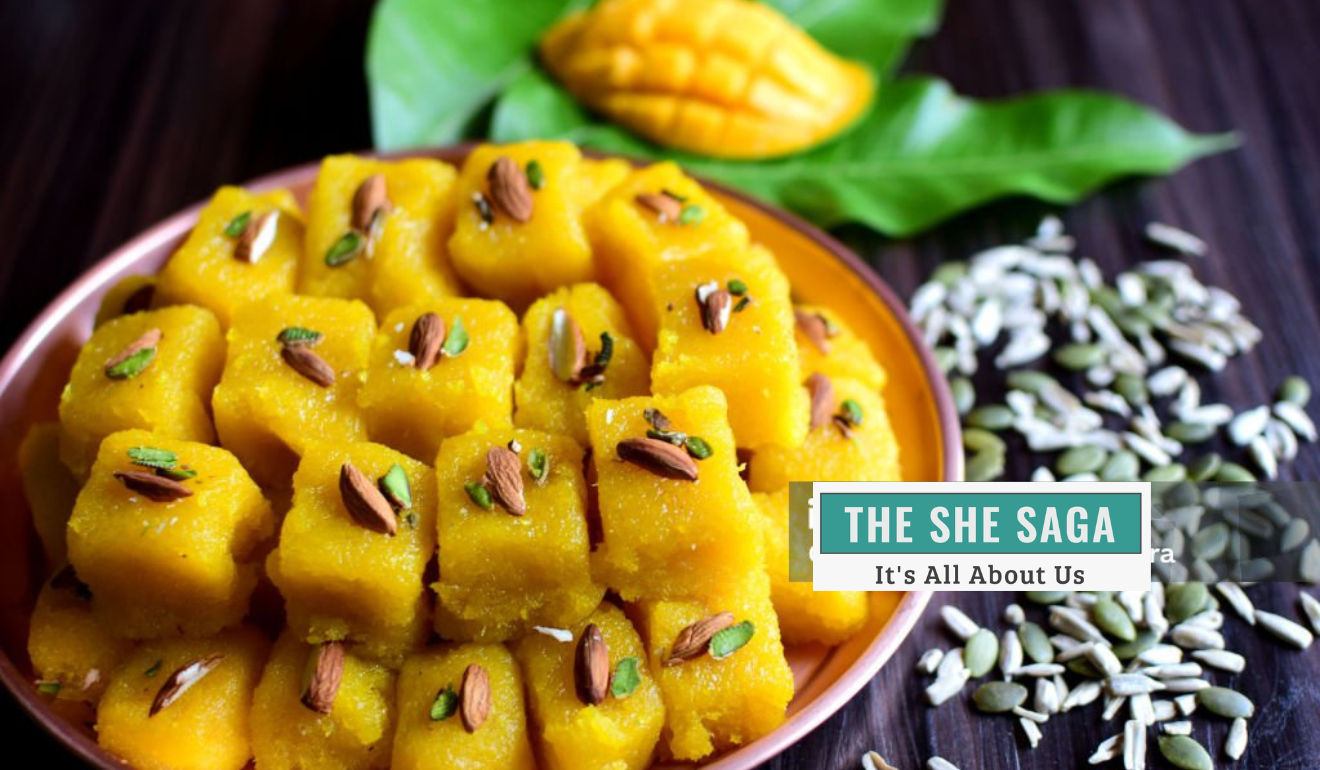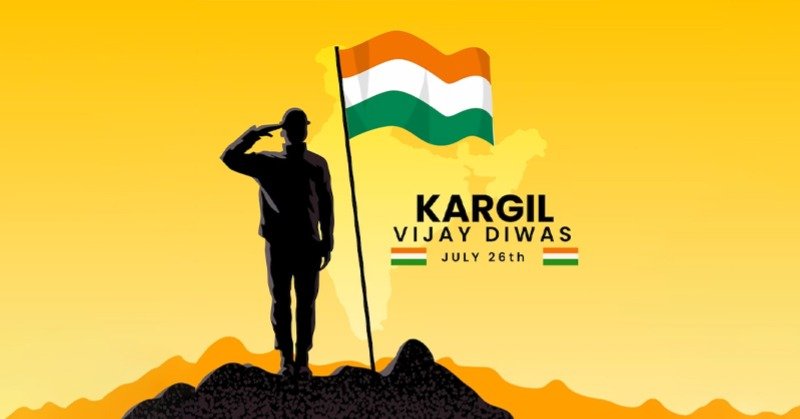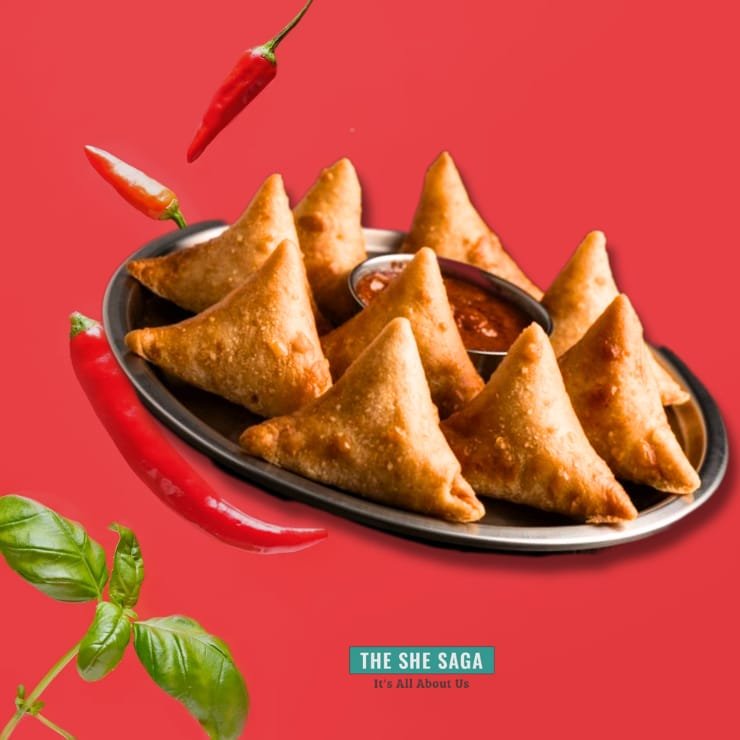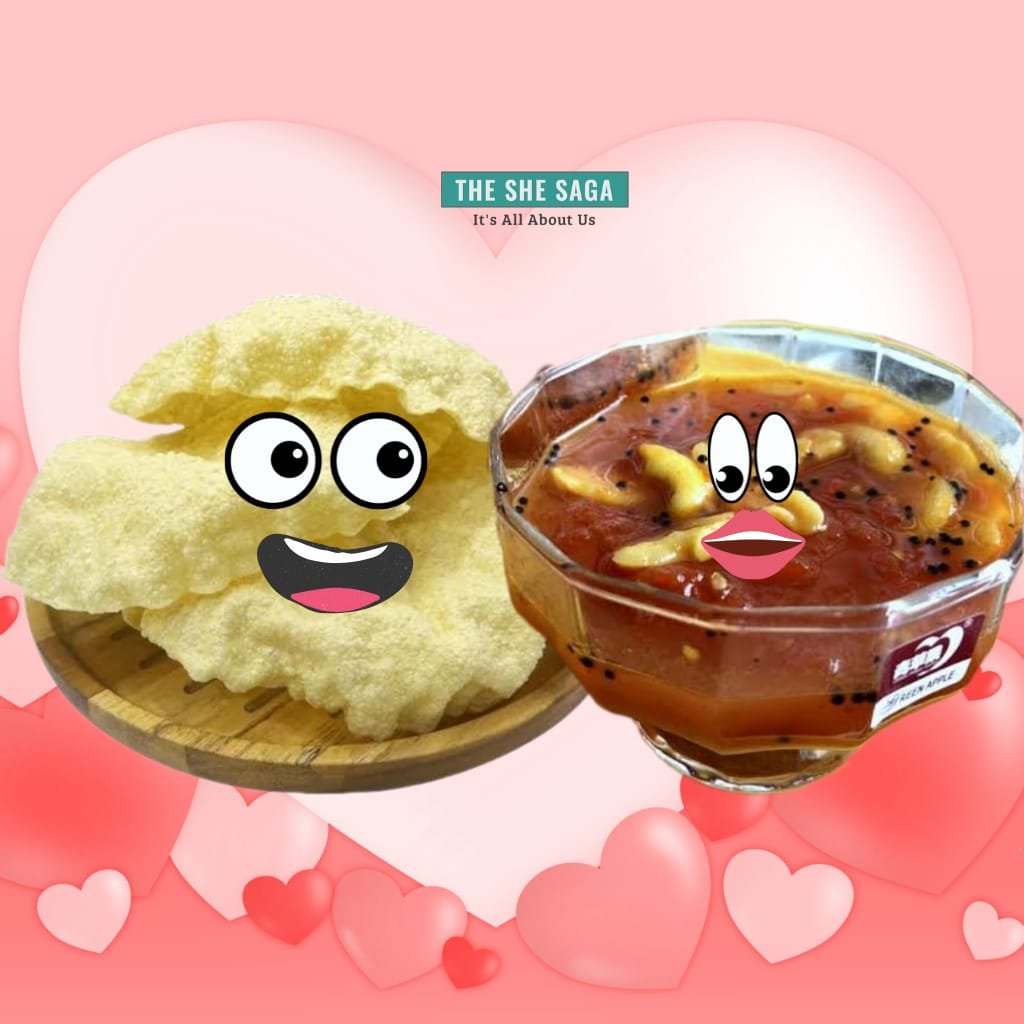As Madhur Jaffrey once said, “The mango is the most sensuous of all fruits… it perfumes the air with its heady fragrance.”
And she was right. Now, as July comes to an end, mango lovers all across India feel that familiar tug — it’s time to say goodbye. The King of Fruits, with all its golden glory, has filled our homes, hearts, and plates with so much joy – leaving behind a trail of sticky fingers, fragrant memories and kitchens smelling like sunshine.
From that first bite of Alphonso in early summer to the last Banganapalli or Kesar, mango season is more than just fruit — it’s a feeling. Sure, you might still find a few late-season mangoes like Chausa or Neelam in early August, but for most of us — especially in the South — it’s pretty much over. That’s why August 1 feels special. It’s a small window to savour the King of Fruits in its full glory.
And, what better way to mark this golden farewell than with a dessert that blends ripe mangoes with South Indian comfort — Kesari.
And not just any kesari — Mango Kesari.
Kesari – Textured Poetry
In South India, Kesari is more than just a sweet on a plate — it’s an emotion. A humble sweet dish made with roasted semolina (rava), sugar, and ghee, it’s often whipped up in a matter of minutes during festivals, weddings, or as an impromptu treat for a guest.
Imagine the coarseness of rava—tiny pearls of semolina—dry‑roasted just enough to awaken their nuttiness without browning. Each grain dances separately before it meets the boiling saffron‑tinted water, swelling and softening, yet retaining a gentle bite. As you stir patiently, the rava blooms, soaking in the sweet aromas, and then surrenders to the silkiness of ghee – radiant, golden droplets that coat each粒 of semolina. That contrast between coarse and smooth is sensory poetry—then you stir in the final flourish – the velvety mango puree, and the dessert transforms.
The result? A vibrant, semi-grainy, buttery delight in vibrant orange. The ghee‑enriched rava cradles the mango in a melt‑in‑the‑mouth embrace, filling the kitchen with a tropical fragrance. As chef Gordon Ramsay puts it, “A ripe mango is like nature’s candy… it can elevate a dish to a whole new level.”
Trivandrum’s Kesari Ritual
A few years ago, in Trivandrum, Kerala’s capital, I was at a prominent textile showroom for some shopping. At precisely 5 PM, I heard a commotion. The aroma of ghee-roasted rava wafted through the showroom’s ground floor. From salespeople to saree-shoppers, I watched heads turn and eyes light up, excited murmurs rising and a long queue forming. And the reason?? A generous, warm scoop of Kesari was being distributed freely to every customer present. In fact, I wonder if some of the ‘customers’ were there, just to taste this spoonful of heaven!!
The Mango Gems of India
India boasts dozens of celebrated mangoes.
- Maharashtra – Alphonso, Pairi
- Gujarat – Kesar, Rajapuri
- Uttar Pradesh – Dasheri, Langra, Chausa
- West Bengal – Himsagar, Lakshmanbhog, Fazli
- Andhra/Telangana – Banganapalli, Totapuri, Imam Pasand
- Tamil Nadu – Imam Pasand, Neelam, Raspuri
- Karnataka – Raspuri, Totapuri, Neelam
- Bihar – Chausa, Langra, Fazli
Kerala quietly nurtures its own treasure trove of mango varieties — hyperlocal, seasonal, and brimming with ingredients of memory, culture, and everyday cooking. Here are a few you may never find in a mall, but will always find in a Kerala home: syrupy sweet Chandrakaran, tangy and fibrous Kilichundan (Beak-nosed Mango), fleshy, firm Muvandan, sharp-tasting Nadusalai forest mangoes and the classic pickle staple, Varikka Manga.
The Recipe: Mango Kesari
Category: South Indian
Time: 15 minutes
Difficulty: Easy
Serves: 3 – 4
Ingredients:
- 1 ripe, fleshy mango – peeled and pureed
- 1 cup semolina (rava)
- 1¾ cup water
- A pinch of orange or yellow food colouring
- ½ tsp cardamom powder
- 1½ cups sugar (adjust to taste)
- 2 tbsp ghee
- A few strands of saffron
- Roasted cashews and raisins (optional)
Method:
- Lightly dry-roast the rava in 1 tsp ghee until aromatic (don’t brown).
- Boil water with food colouring and cardamom.
- Slowly add rava, stirring to avoid lumps. Cover and steam 2 minutes.
- Add sugar, mix well until smooth and semi-liquid.
- Stir in ghee — the mixture will glisten as it cooks.
- Mix in the mango puree and cook for 2–3 minutes on low flame.
- Finish with saffron strands and optional roasted cashews or raisins. Serve warm.
Best Mangoes For This Recipe
For the creamiest Mango Kesari, go for sweet, fibreless mangoes:
- Alphonso (Hapus): Intensely sweet, saffron-hued, melt-in-the-mouth.
- Mallika: A Neelam–Dasheri hybrid, less fibrous, available June–July.
- Chausa / Neelam: Great late-season options with mild aroma and soft pulp.
Nutrition Highlights
- Calories: 300–350 kcal
- Carbs: 70 g
- Sugar: 45 g
- Fat: 8 g
- Protein: 4–5 g
- Fibre: 1–2 g
- Micronutrients:
- Vitamin C, Vitamin A (Beta-carotene)
- B vitamins, Potassium, Iron
- Ghee contributes fat-soluble vitamins (A, D, E, K)
If made with Alphonso or Kesar, you also benefit from antioxidants like lutein and zeaxanthin.
Values are just approximate values per Serving
Why Mango Kesari, Why Now?
“Mangoes are like sunshine in a fruit… they brighten up any dish.” — Nigella Lawson
Mango Kesari isn’t just dessert — it’s a celebration of the flavours passed down through generations, and of everyday magic made in Indian kitchens.
So, stir that ghee, toast that rava, and pour in the golden puree. Savour the fruit in one of its most delightful avatars. After all, when the King of Fruits meets a classic South Indian sweet, the result is nothing short of royalty on a spoon.

By Deepa Perumal
Deepa Perumal is a Management professional, and a passionate advocate for women’s empowerment. As a career mentor, entrepreneur, and multilingual author, she shares her insights through blogging and writing features on history, world cultures, travelogues and memoirs. Contact her at deepabperumal@gmail.com














